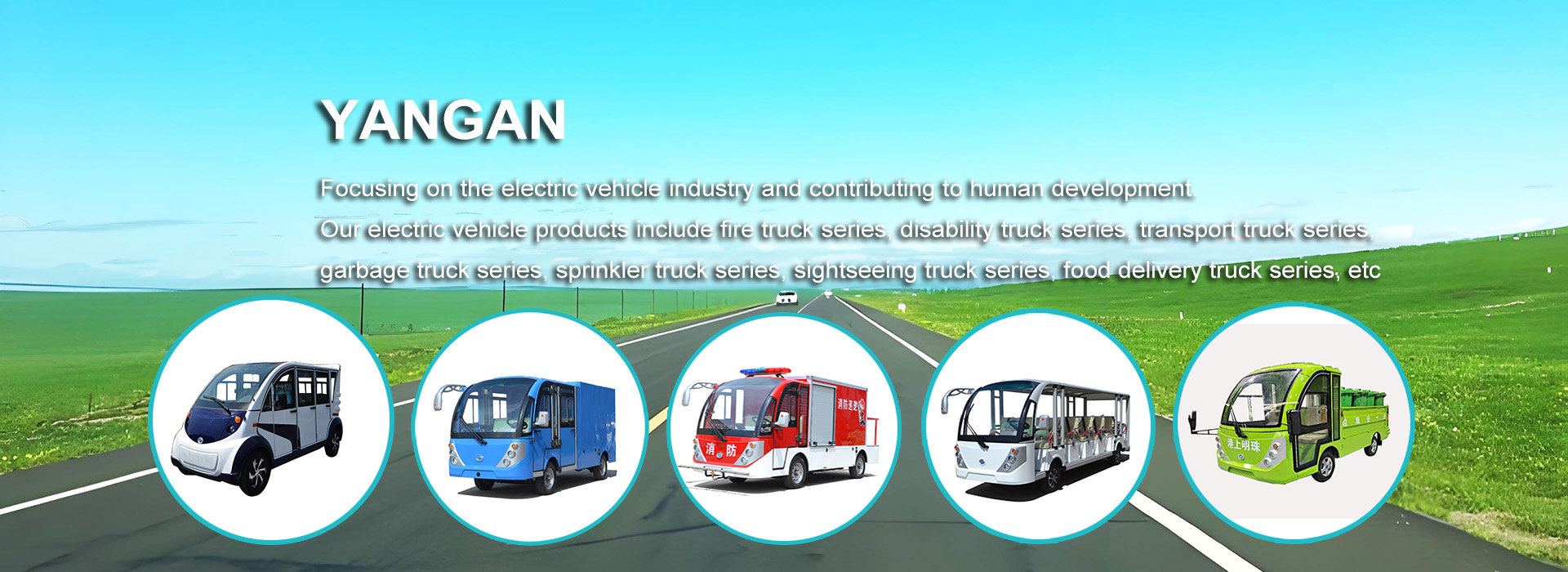The advantages of electric fire trucks
Electric fire trucks have the following advantages compared to traditional fuel powered fire trucks:
Lower operating costs: The energy consumption cost of electric fire trucks is significantly lower than that of traditional fuel fire trucks. Taking Tianjin Port as an example, the power consumption of electric heavy-duty trucks is about 200kWh/100km, while the fuel consumption of traditional fuel heavy-duty trucks can reach 50-60L/100km, and the usage cost is basically halved. After long-term operation, it can save about 100000 yuan per year. In addition, the maintenance cost of electric fire trucks is also relatively low, mainly maintaining components such as batteries, motors, and electronic controls. Compared with the engine and gearbox maintenance of traditional fuel fire trucks, the cost is significantly reduced.
Rapid power response: Electric fire trucks are driven by motors, without the complexity of variable speed structures, resulting in higher transmission efficiency and faster acceleration. The acceleration time per 100 kilometers is usually around 3 seconds, comparable to high-performance cars.
Environmental and policy advantages: Electric fire trucks are equipped with green license plates, without any restrictions on license plates, making travel more flexible. Many cities implement car lottery policies, making it easier to purchase new energy vehicles without waiting for quotas. In addition, the use of electric fire trucks helps reduce carbon emissions and is in line with environmental trends.
Reduce driver labor intensity: The automatic transmission design and low noise characteristics of electric fire trucks reduce the driver's operational burden and fatigue, and improve driving safety.
Low maintenance cost: Electric fire trucks have fewer components and do not require frequent replacement of lubricants, transmissions, and other parts, resulting in lower maintenance expenses. The motor has a simple structure, low failure rate, reduces downtime caused by faults, and improves the reliability and efficiency of the vehicle.

